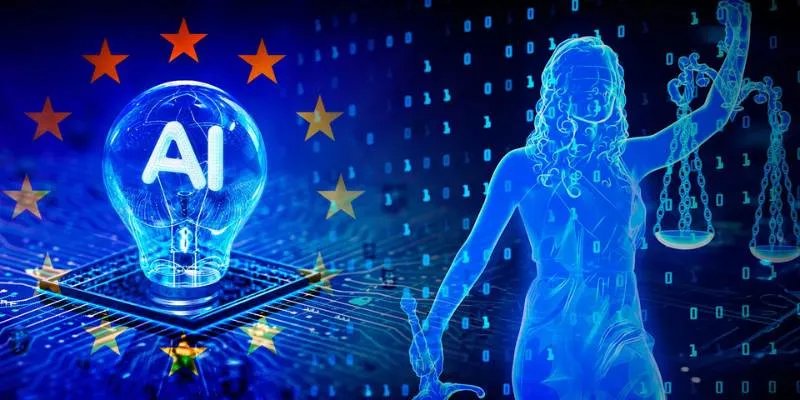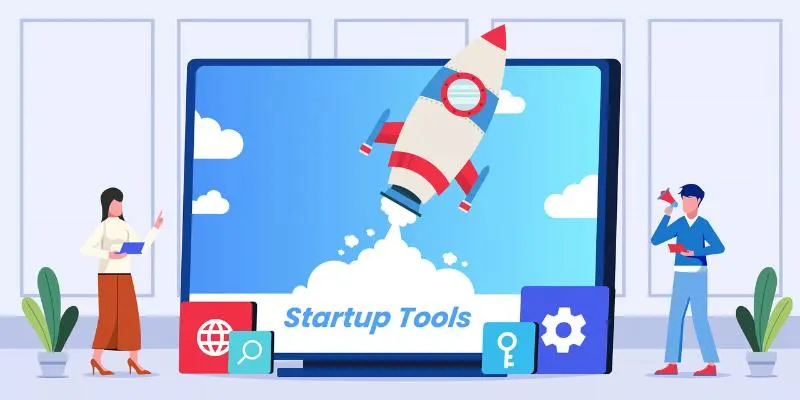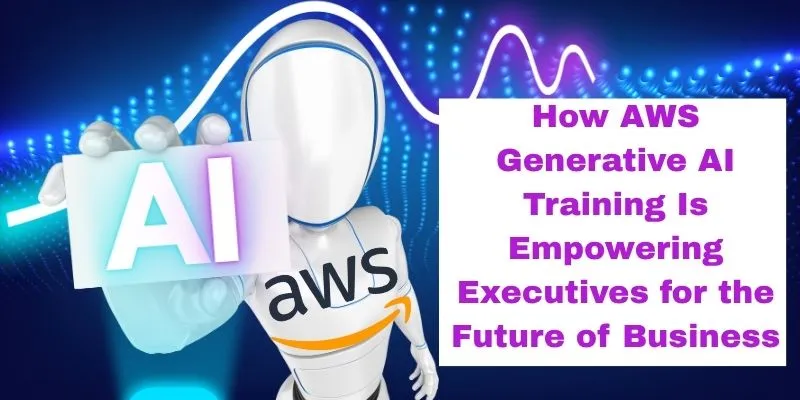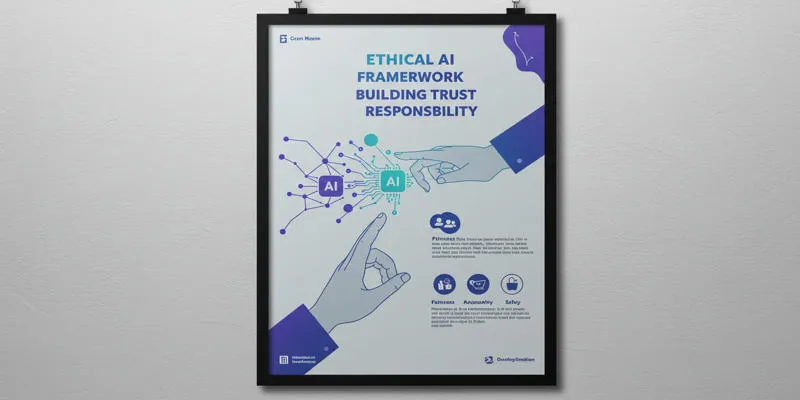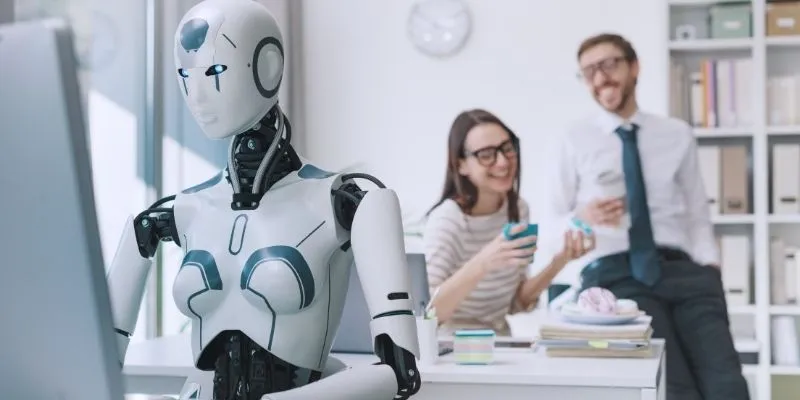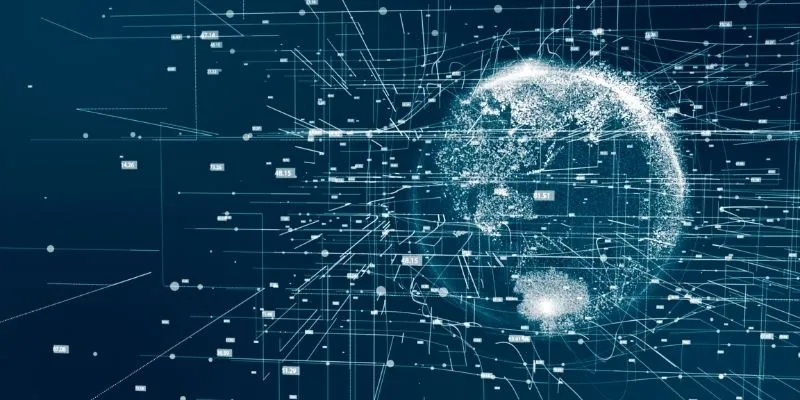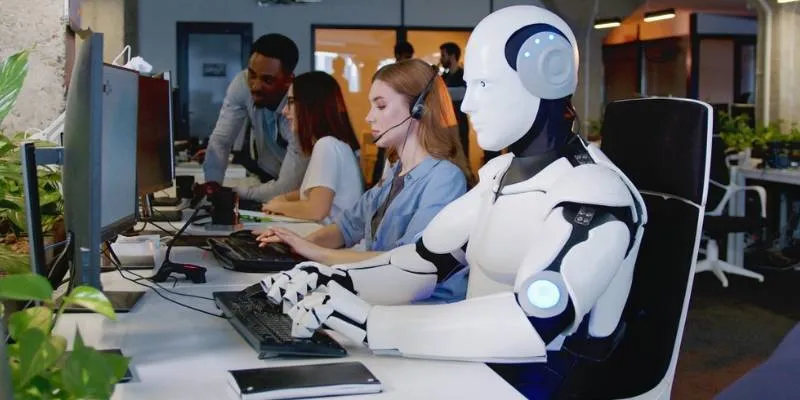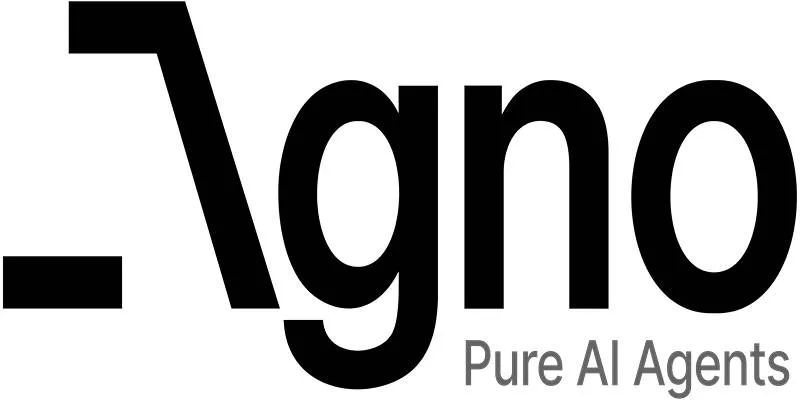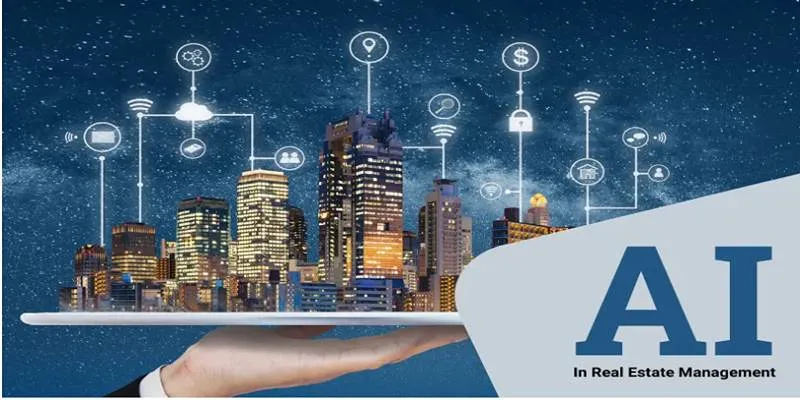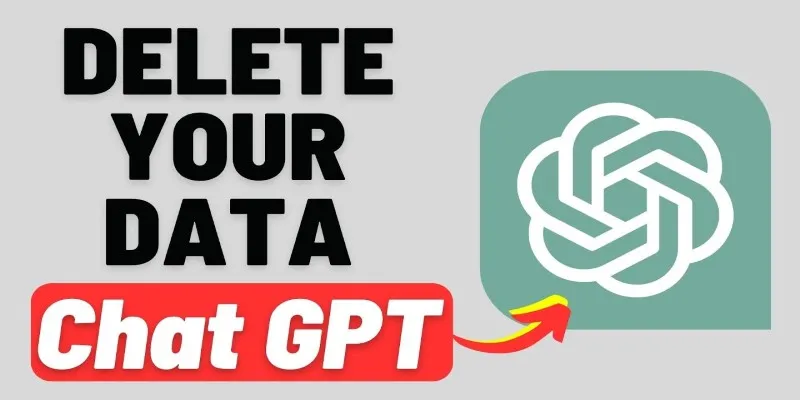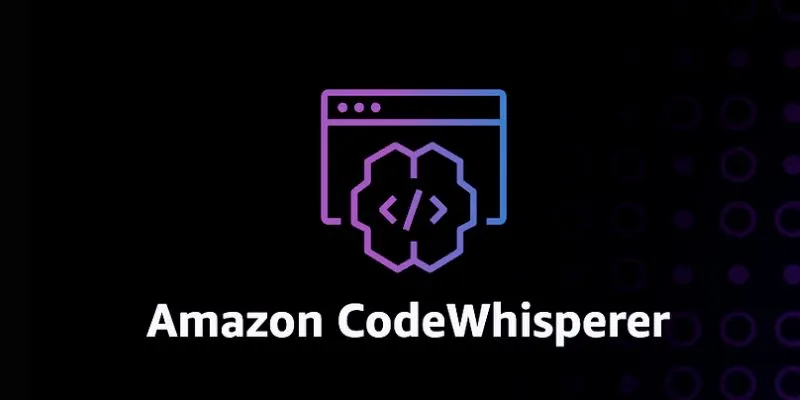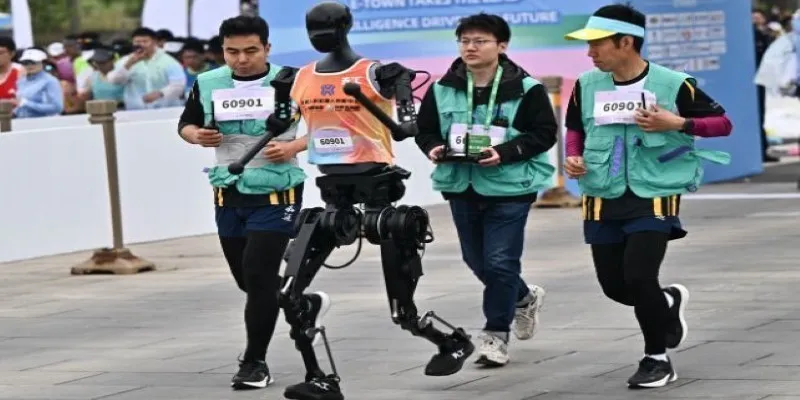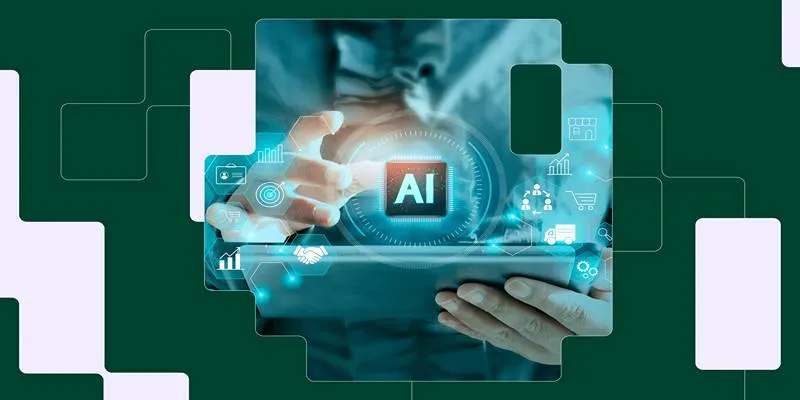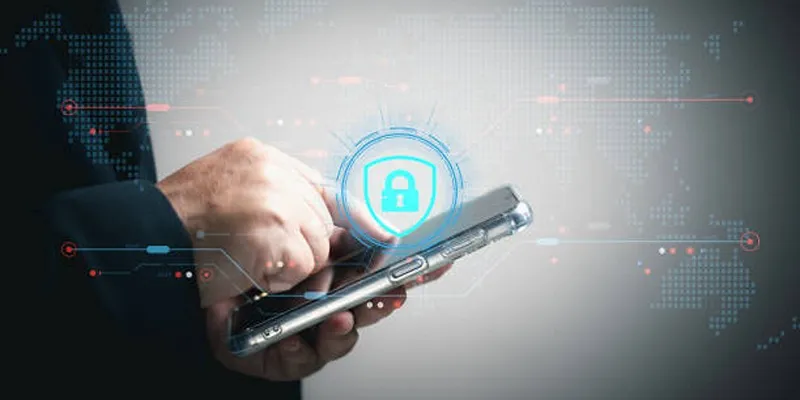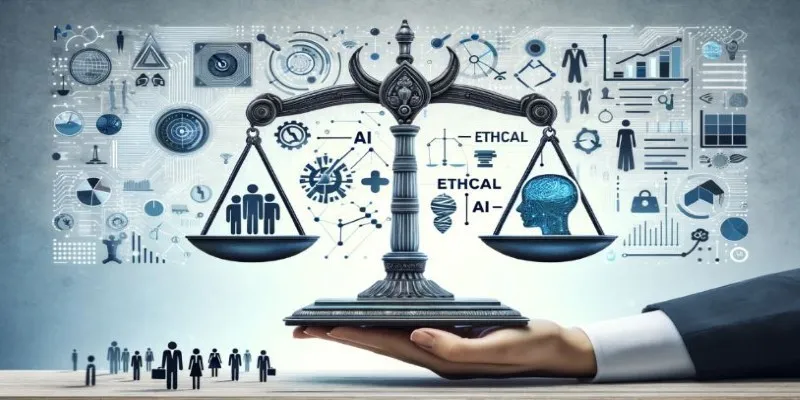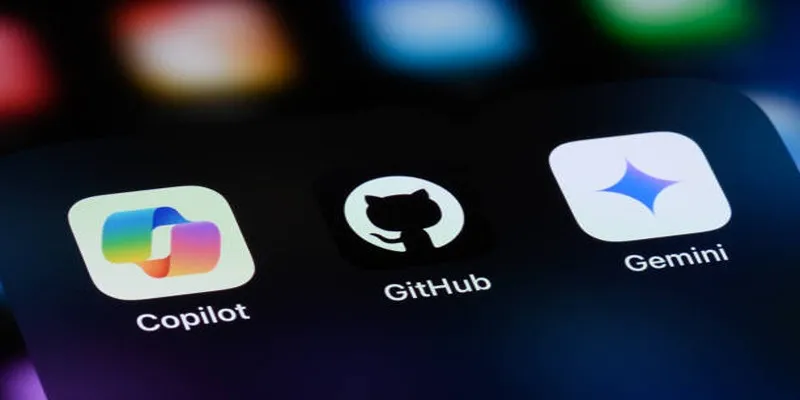Every year, millions of batteries reach the end of their lives, filled with valuable metals like lithium, cobalt, and nickel. Unfortunately, many of these batteries end up in landfills instead of being properly recycled. As the demand for electric vehicles and renewable energy continues to rise, so does the challenge of battery waste.
Can AI and Quantum Computing Revolutionize Battery Upcycling?
What if there were smarter, cleaner ways to reclaim these resources? Today, artificial intelligence and quantum computing are stepping up to this challenge, offering new methods to rethink battery upcycling. These technologies promise to make the process faster, more precise, and significantly more sustainable.
Why Sustainable Battery Upcycling Matters
Inside every discarded battery lies a trove of valuable metals. Mining these materials is costly and environmentally damaging, consuming vast amounts of water and emitting greenhouse gases. When batteries are discarded in landfills, they not only waste resources but also leak toxic chemicals into the environment.
Upcycling offers a smarter path, recovering these metals and giving them a second life in products that match or exceed the original quality. However, modern batteries are complex, with various chemistries and designs that make disassembly challenging. Traditional methods like smelting or acid baths can destroy valuable materials and leave hazardous waste behind.
To make upcycling truly sustainable, we need faster, cleaner, and more precise techniques. This is where AI and quantum computing come into play, providing advanced tools to recover more from every cell with far less environmental impact.
How AI Helps Optimize Upcycling Processes
Artificial intelligence is revolutionizing battery upcycling by introducing pattern recognition and predictive capabilities to a field that has traditionally relied on trial and error. AI-driven vision systems at battery collection facilities can quickly identify battery types and conditions by analyzing labels and shapes.

This automatic sorting ensures that batteries with different chemistries—such as lithium-ion, nickel-metal hydride, or lead-acid—don’t get mixed, thereby improving recovery efficiency and safety.
Beyond sorting, AI is optimizing the chemical recovery process. Algorithms analyze large datasets from pilot experiments to determine the best combination of solvents, temperatures, and reaction times. These models can predict how processes will behave with batteries of different compositions, reducing the need for hazardous experimentation.
Startups are also using AI to enhance the quality of recovered materials, allowing them to re-enter production lines without downcycling. AI models help adjust particle size and crystal structure during refurbishment, thus maintaining material quality.
Quantum Computing’s Emerging Role
Quantum computing is still emerging, but its potential in battery upcycling is clear. Traditional computers struggle to simulate the complex chemical reactions involved in upcycling due to the sheer number of atomic interactions. Quantum computers, however, are designed to handle such problems efficiently.
Researchers are using quantum simulations to model how different solvents interact with battery materials, seeking combinations that dissolve target metals while leaving others untouched. This approach can identify more selective and environmentally friendly leaching agents, reducing the need for strong acids or high heat.
Quantum algorithms can also help design next-generation batteries that are easier to upcycle, an approach known as “design for recyclability.”

Towards a Cleaner Battery Economy
Incorporating AI and quantum computing into battery upcycling is not just about efficiency; it’s about making the entire lifecycle of batteries cleaner and more sustainable. By increasing recovery rates of valuable metals, these technologies reduce the need for virgin materials, limiting environmental damage.
There are also social and economic benefits. Local metal recovery through advanced upcycling can lower supply chain risks and reduce reliance on imports from unstable markets. It can also create new jobs in fields such as machine learning and quantum chemistry.
Conclusion
The convergence of artificial intelligence and quantum computing offers a promising path to sustainable battery upcycling. Together, these technologies help sort, process, and recover valuable materials with greater precision and less energy. They also pave the way for designing batteries that are easier to upcycle. As battery demand grows, these innovations can transform the industry from a linear extract-and-dispose model to a circular one, where materials are reused, and waste is minimized. With a thoughtful application of these tools, a cleaner and more resilient battery economy can become a reality.
 zfn9
zfn9
